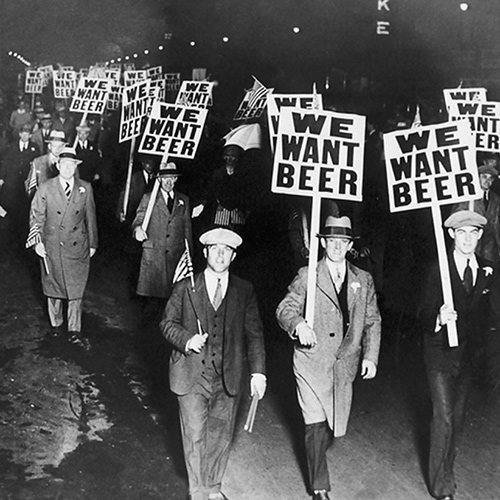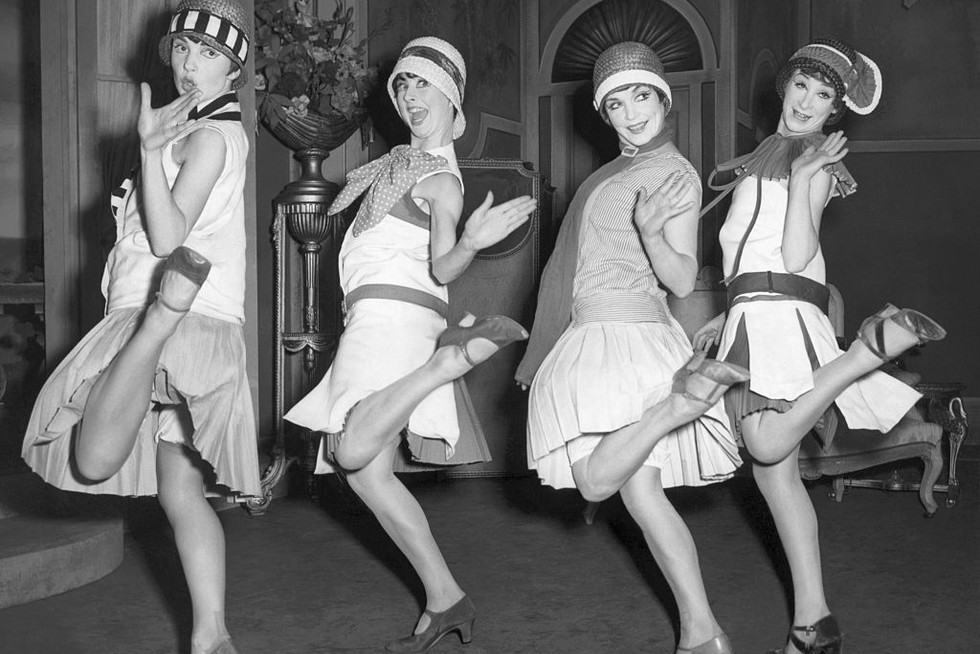The 1920s is overwhelmingly glamorous in my mind. What I first think of are flappers, jazz music, speakeasies, and lots of illegal drinking. Of course, that is why the decade is called “the roaring ‘20s.” I think of The Great Gatsby by F. Scott Fitzgerald, which I think is the quintessential ‘20s book for high schoolers all over the United States. I am sure much of my mental image comes from this book or what the book has been translated into over the years, such as the 2013 film adaptation featuring Leonardo DiCaprio or the new Broadway musical.
Thinking back to my high school AP U.S. History class, the knowledge of the 1920s is generally foggy for me now. However, a few historical events do come to mind: the lasting impact of World War I, which caused a surge in economic prosperity for some and an overall sense of restlessness in society; the continuation of prohibition with the 18th Amendment, which led to large groups of people secretly selling and consuming alcohol; the ratification of the 19th Amendment, which gave women the right to vote and led to a more empowered idea of women for some; an increase in urbanization; and the stock market crash of 1929, which led to the Great Depression in the 1930s. While my knowledge of the 1920s is surface-level and general for now, a few themes seem to pop out regarding societal change and unrest, along with a sense of post-war jubilation.
Most of the photos that come up when I Google “the 1920s” confirm my original thoughts about the decade. There are photos of packed cities, parties full of people dressed in suits and flapper outfits and dancing, women with signs advocating for women’s suffrage, jazz musicians, and so on. Some photos indicate prohibition: one shows men gathered around a sign on a sidewalk that reads “No Booze Sold Here” while another has men protesting prohibition with signs that say “We Want Beer.” These all indicate major cultural, political, and historical highlights of the decade.

One unexpected photo that I saw was of some sort of workers’ strike or protest. The photo shows a group of men with various signs indicating unhappiness with conditions and taxes. The overall idea of economic prosperity so strongly clouds the idea of the 1920s that it is easy to forget that it is a decade full of complexity, as any decade is. Economic conditions were not good the entire ten years, especially for lower class groups who struggled economically the whole time. The same goes for political issues, where many groups of people were unhappy with the state and decisions of the government. Of course, there would be strikes and protests to accompany these.

After looking at these photos, I realized that I largely forgot to consider the memorable fashion that came along in the 1920s. Accompanying the idea of empowerment, women were known to wear more daring clothing items that showed more skin than ever before. Many of these photos show women in short dresses with low-cut tops, sleeveless tank tops, and shorts. Some of these outfits look like they could fit right in with today’s fashion. Some photos also show women with cloche hats, short hairstyles, and patterned scarves, which all stand out as fashion trends of the time. It just reminds me how emblematic fashion is of the 1920s and how easy it is to recognize this particular decade through its fashion.

Rebecca Gathercole is a senior Communications Arts major with a minor in Creative Writing.
